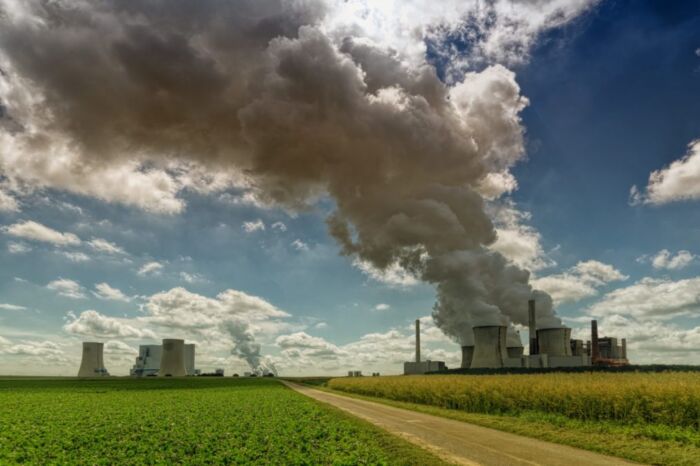
Italy has slowed down the pace of decarbonisation. After a decade of good performance on the emission side (-27% of greenhouse gases from 2005 to 2014), the national climate fight has pulled the brakes. And in the years from 2014 to 2019, in conjunction with a timid economic recovery, a 1.6% reduction in emissions was achieved.
This is underlined by the Italy Climate Report (ICR) 2020, the document presented this morning at the National Climate Conference. The event was organized by Italy for Climate, the initiative promoted by the Foundation for Sustainable Development and by a virtuous group of companies (Chiesi, Conou, Davines, e2i, ERG, illy, ING) in preparation for the UNFCCC COP26 , and in collaboration with Regeneration 20 | 30. And the theme could not have been that of climate action.
The report proposes a climate roadmap for Italy with 40 green measures in 7 economic sectors (industry, transport, residential, service sector, agriculture, waste management, electricity generation). This is an open proposal on which it is intended to start a discussion with the main national stakeholders, in order to bring Italy into the European project for the first climate neutral region in the world. And at the same time provide guidelines for the funding of the national Recovery Plan.
Among the interventions indicated in the Italy Climate report 2020, it will be necessary to double the production of renewable sources, an unprecedented improvement in energy efficiency, achieving a reduction in energy consumption of 43% by 2030 compared to the reference trend scenario. But even this will not be enough if actions are not taken to cut non-energy emissions by 25-30%, i.e. not deriving from the energy use of fossil fuels, produced by industrial processes, agriculture and waste management. .
The report proposes six types of transversal interventions: introduction of a carbon pricing system; the transition from a linear model to a circular and regenerative one; strong acceleration in research and development and in the diffusion of innovative solutions; simplification and rationalization of procedures and authorization procedures; promoting the culture of transition.
“We are facing a turning point, an epochal transition – said Edo Ronchi, president of the Foundation for Sustainable Development – If we allocate a significant portion of funding to the climate for the recovery from the greatest economic crisis since the war, the rebound in emissions after the collapse of 2020 will again distance us from our objectives ”and Italy will not establish itself as“ an advanced and competitive country on the main terrain of the future of the global economy, that of the green economy ”.
Environment Minister Sergio Costa in a video message observed that “the climate roadmap for Italy is a path to be built together. We have already started well by defining with the European Union the way to intervene with respect to the Recovery fund and therefore to the Recovery plan through the cards “where” the main element is the green “. In recalling that citizens are asking for green, the minister noted that “we must help companies in a moment of transition, through the Recovery Plan, to transform the production function so that they can then walk on their own legs”.
The coordinator of Italy for climate, Andrea Barbarella, explained that “it is necessary to multiply efforts and progress in the current decade”, otherwise “the window to respect the limit of 1.5 degrees centigrade of global warming will close forever”.
The road map proposed by Italy for Climate to achieve carbon neutrality by 2050 provides for a 55% reduction in emissions compared to 1990, compared to the 19% cut recorded in 2019. It will be necessary to “double the production of renewable sources, in the electricity sector to 67% of national production and also making them grow in heat generation and transport “.